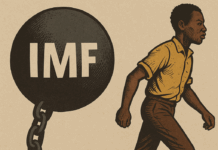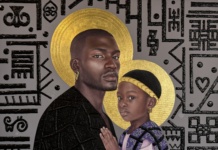By Golda John – As we commemorate and celebrate Ghana’s 61st independence, we cannot but pay tribute to Dr. Kwame Nkrumah, for his courage, strength, and vision with which he fought for independence from the British on March 6, 1957 for the Gold Coast (now known as Ghana).

Ghana will forever be remembered in history as the first country to gain independence from Britain in Sub-Saharan Africa. Before colonisation, Ghana was made up of a number of self governed kingdoms, including Gonja and Dagomba in the north, Ashanti in the interior and Fanti states by coast.
The British brought these kingdoms together as one and called it the Gold Coast just as they did with all of the other African countries they colonised. Dr. Kwame Nkrumah transformed the country into a republic and gave Ghana its beautiful flag, designed by Theodosia Salome Okoh.
The vibrant red signifies those who died for independence, the gold, the mineral wealth(mainly gold), the green represents the rich grassland for agriculture and the black star is the symbol of emancipation of the African people.
Dr. Kwame Nkumah, gave Kente cloth (hand woven colourful narrow strips of cloth, sewn together to create impressive textiles in the Akan region of Ghana dating back to the 11th century AD) to the world, just like the British proudly boasts of giving English to the world. As Kwame Nkumah travelled around the world as a politician and revolutionary, promoting Pan-Africanism, he proudly wore the Kente everywhere and promoted it as the pride of Ghana.
A great revolution of Kente influence is taking place, affecting the whole world in the 21st century.
Apart from use in the fashion industry, Kente is used for furniture, note pad cover, wall hangings, shower curtain, picture frame, beddings, curtains, travel bags, sunglasses, sashes, table cloth, cushion cover to mention a few.
Kindly follow us on twitter:@AfricanVoice2

















